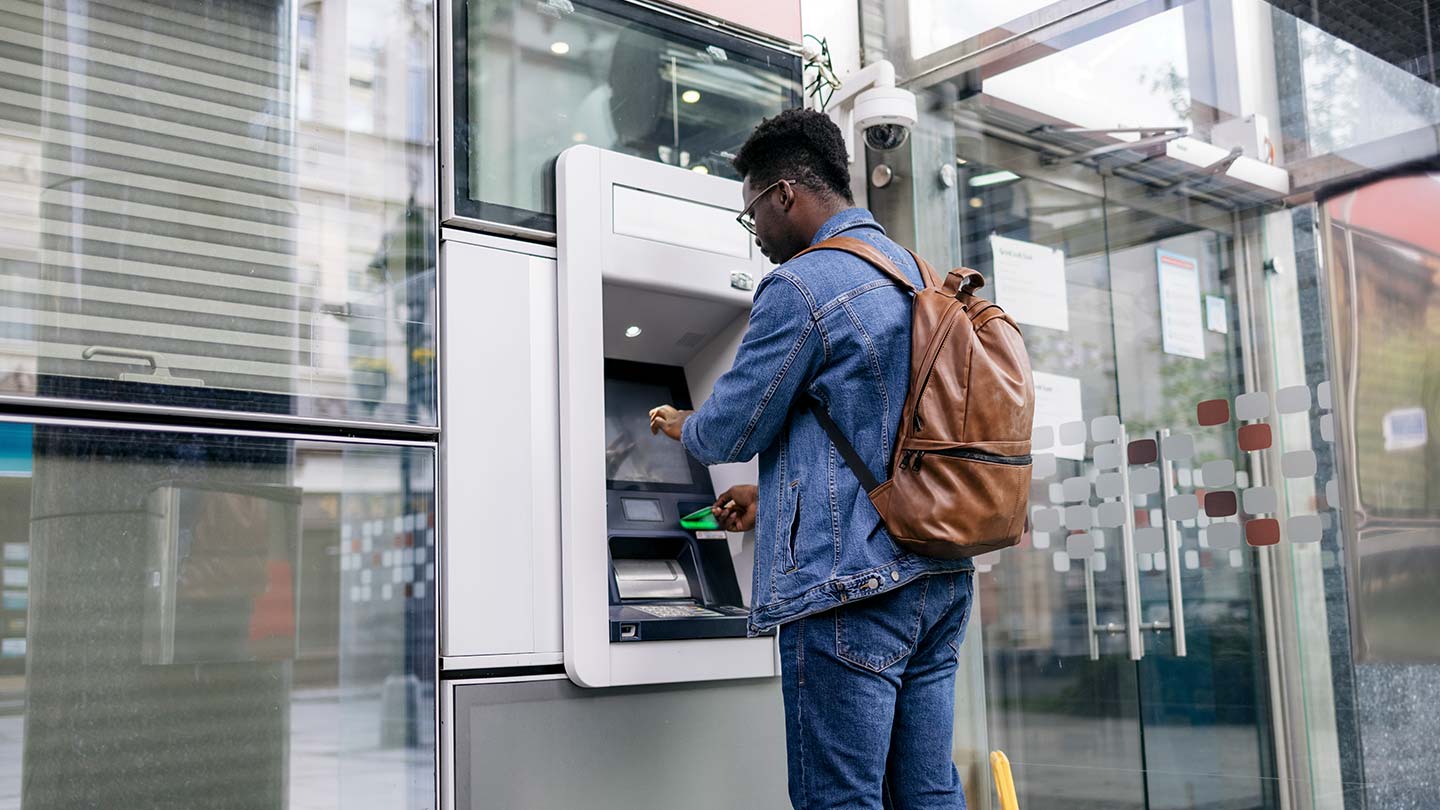Today, the JPMorgan Chase Institute released the Local Consumer Commerce Index Click here to learn more about our newly released Local Consumer Commerce Index (LCCI) for May 2016 and showed that, notably, local consumer spending declined by 3.5 percent between May 2015 and May 2016. The reduction in spend was largely due to the lower number of weekend “spending days” in May 2016. Local consumer spending was also impacted by material declines in spending at establishments like restaurants, grocery stores and stores supplying other retail. The Index analyzes debit and credit card spending by over 54 million anonymized Chase customers across 15 major U.S. cities. The magnitude of this month’s change and its divergence from other related measures like the Monthly Retail Trade Survey (MRTS) are the result of a few factors, described here Click here to learn more about our newly released Local Consumer Commerce Index in detail.
This report provides a timely view of how the following cities and surrounding metro areas are faring economically both individually and in aggregate: Atlanta, Chicago, Columbus, Dallas, Denver, Detroit, Houston, Miami, Los Angeles, New York, Phoenix, Portland (OR), San Diego, San Francisco and Seattle. By looking at actual financial transactions, LCCI offers an ongoing, dynamic view of the health and vibrancy of the U.S. consumer and the places where businesses operate.
The key highlights from the latest Index include:
- Across the 15 cities, Houston experienced the largest dip in year-over-year consumer spending growth at -5.40%, while Atlanta saw the smallest drop at -0.15%.
- In contrast to most months in the LCCI series, May spending by consumers between the ages 35 and 44 was a drag on growth (0.6 percentage points). Spending by consumers over 65 years of age was also a drag on growth (1.2 percentage points), continuing a trend prevalent in most prior months.
- Spending on durable goods subtracted 1.9 percentage points from growth in May and consistently subtracted more from growth than did the fuel price declines in every month in 2016.
The LCCI offers unique advantages over existing measures of consumer spending.
- The LCCI captures actual transactions, instead of self-reported measures of how consumers think they spend.
- The LCCI provides timely data on spending in 15 major metropolitan areas; such geographic granularity is unavailable in most other spending measures. These 15 cities mirror the geographic and economic diversity of larger metropolitan areas in the United States and account for 32 percent of retail sales nationwide.
- It also presents a more granular view of local consumer commerce through five important lenses: consumer age, consumer income, business size, product type, and consumer residence relative to the location of the business. For each lens, we show how different segments contributed to year-over-year spending growth.
- The LCCI captures economic activity in sectors that previously have not been well understood by other data sources. These include sectors such as food trucks, new merchants, and personal services.
The Index analyzes debit and credit card spending by over 54 million anonymized Chase customers across 15 major U.S. cities. The magnitude of this month’s change and its divergence from other related measures like the Monthly Retail Trade Survey (MRTS) are the result of a few factors, described here.



